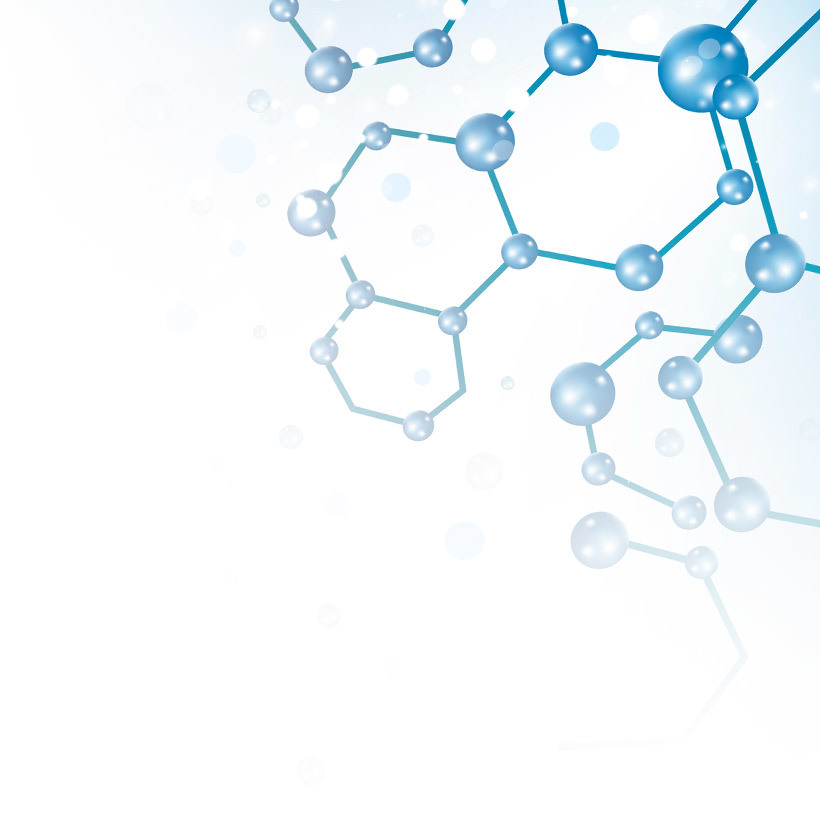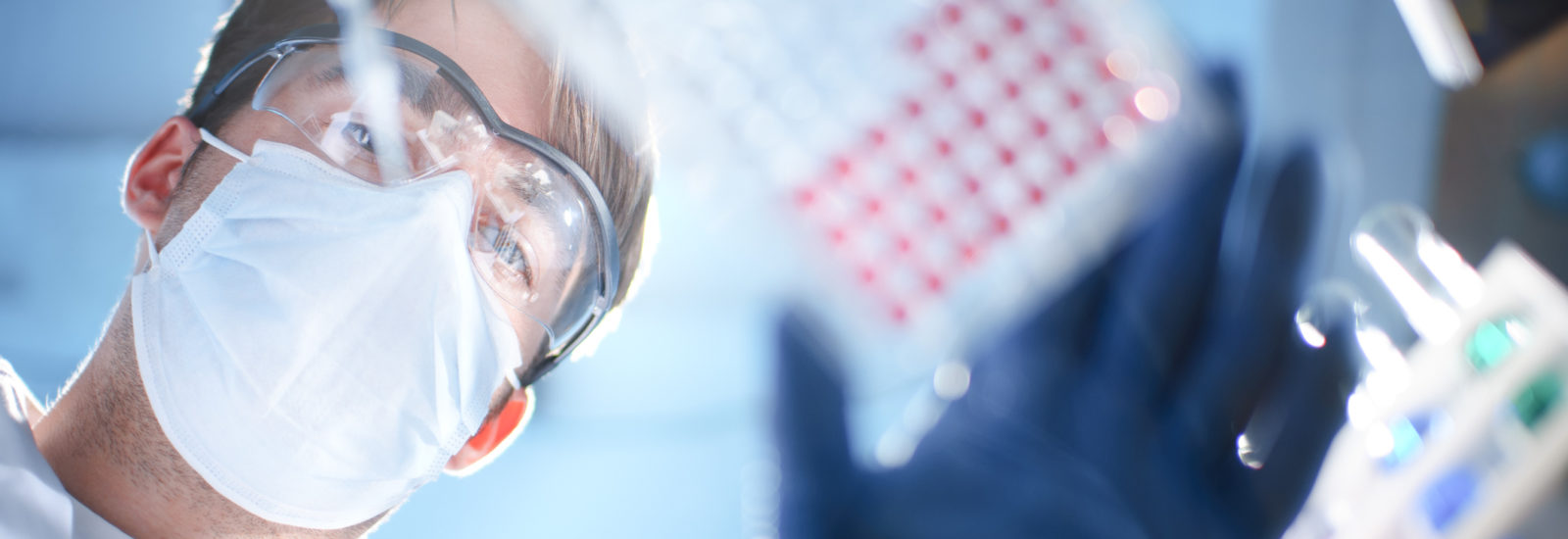

Further Research on the Drug-Drug Interaction Between Gemfibrozil and Repaglinide Presented
- Drug Drug Interactions (DDI)
- September 27, 2017
- Michael Millhollen
The clinically-relevant drug-drug interaction (DDI) between the dyslipidemia drug gemfibrozil and the antidiabetic repaglinide is well-documented throughout the literature. In humans, repaglinide is predominantly cleared by hepatic metabolism involving cytochrome P450 (P450) 3A4 and 2C8 and UGT1A1 and 1A3. Gemfibrozil and its glucuronide metabolite inhibit CYP2C8 and UGT1A1, as well as the hepatic uptake transporter OATP1B1. These factors have been implicated in the clinical interaction. A gemfibrozil/repaglinide DDI resulting in increased repaglinide and metabolite plasma exposure (>3-fold) and a vectoral shift in elimination pathways from biliary to urinary excretion following administration of gemfibrozil was previously established in male Sprague-Dawley rats.
In that study, which was presented at the 2014 North American Meeting of the International Society for the Study of Xenobiotics, negligible effects on liver enzyme activity were observed following gemfibrozil treatment, suggesting that the DDI in rats was unlikely to be caused by P450 or UGT inhibition. In the present study, which was presented yesterday at the 2017 North American ISSX Meeting, the potential role of uptake transporter proteins in the interaction was explored in vitro.
Repaglinide uptake into rat hepatocytes in the absence of gemfibrozil or gemfibrozil glucuronide was extensive, ranging from 2 to 9% at 0.5 μM, 3 to 13% at 5 μM, and 3 to 22% at 50 μM, respectively, over 30 min incubation. In general, repaglinide uptake into rat hepatocytes increased with both increasing concentration and time. At 50 μM repaglinide, uptake started to plateau at the longest 30 min time point. This may be indicative of saturation as it was not observed at either of the lower concentrations tested. Up to 15 min, the presence of gemfibrozil or gemfibrozil glucuronide had no effect on repaglinide uptake into rat hepatocytes, but effects were observed with both gemfibrozil and gemfibrozil glucuronide at 30 min incubation. In the presence of gemfibrozil, repaglinide uptake plateaued at 30 min at all three repaglinide concentrations. In the presence of gemfibrozil glucuronide, a decrease in repaglinide uptake was observed at 30 min at all three repaglinide concentrations.
The observations noted in the coadministration experiment established that gemfibrozil and its glucuronide metabolite had a small impact on repaglinide uptake in rat hepatocytes after 30 min incubation, but neither compound had any effect at the earlier timepoints. However, the observed results did not account for the 4-fold exposure increase or for the change in the vectoral elimination pathway observed in vivo. The results did implicate a time-dependent effect. Consequently, similar experiments incorporating gemfibrozil and gemfibrozil glucuronide pretreatment over several days were performed. The results obtained from these pretreatment experiments further supported a time-dependent uptake interaction between gemfibrozil and repaglinide.
Learn more about:
About the Authors
Related Posts
Subscribe to our Newsletter
Stay up to date with our news, events and research

Do you have a question or a request for upcoming blog content?
We love to get your feedback
